Ever order something online without seeing a picture?
I didn’t think so. Very few people want to take a chance on a product – sight unseen.
You might be able to describe your products in dazzling terms, but that may not be enough to make the sale. People are visual creatures. Nothing can replace a clear, bright photo of your goods. A picture really is worth a thousand words.
With that said, don’t underestimate the importance of getting quality photos of your products. Pictures are the best way to get people excited about what you’re selling. If you want to show your items in their best light, high-quality photographs are a must.
The bottom line is, no matter what you’re selling – whether you choose to hire a professional or go it alone – you need quality photos to showcase your products and keep pace with the latest packaging trends to consider implementing.
The Professional Photography Option
Your photos should inspire confidence in your products.
Low-quality images make your products – and your whole company – look cheap and dodgy. Small, grainy, dark or blurry pictures will detract from your products and turn people off making a purchase.
You need your products shown in their best light. And this is where a professional photographer for your products comes in.
Why Go With a Pro?
Photography equipment can be a massive investment.
If photography is not your passion, or you only need a few photos, you’re not going to want to make a major investment in something you’ll only use sparingly. A professional photographer will already have the proper equipment. They’ll have top-end cameras and lenses, filters, tripods – everything they need.
Professional product photographers also know how to get the lighting just right. They may have studio space where they can control all kinds of variables, so they can showcase your products with the perfect lighting and background.
A pro also understands the importance of composition. Depending on what you’re selling you may want your products to tell a story. This may involve extra props or a specific location. Remember that context matters. Selling a canoe? Show it in a lake.
And of course, they know how to edit. Of course, you and I can probably get rid of red-eye, or crop something out of a photo, but nuanced editing is much more complicated. A pro photographer can make all kinds of edits after the photo has been taken, such as adjusting the lighting or adding contrast.
Some pros specialize in retail boxes, cosmetic boxes or other product lines, so they can lend you their expertise. They know what your competition is doing and can help you stand out from them.
But even the most experienced photographers aren’t mind readers. Before you seek out a photographer, you need to know what you want and be able to convey that to them. Check out your competition for inspiration. Show the photographer styles and angles you like. Also, let them know who your target audience is or if there’s a special shoot location you’d like to use.
Where to Find a Quality Product Photographer
As with all creative fields, it may take a little digging to find the right photographer for your needs.
You can start your search online or on social media. Any professional photographer worth hiring will have a portfolio you can peruse to get a feeling of their work.
It’s also a good idea to check online reviews. A photographer may have a keen eye and take beautiful photos, but perhaps they are notoriously late in getting these to their customers.
Another option is to look at product photos online. If you see something you like, try asking for referrals from other online businesses.
How Much Should You Expect to Pay?
Pricing for a professional photographer is all across the board.
You can expect to pay around $75-$250 an hour for an experienced freelancer, to over $500 for a top professional. Some photographers charge by the final image, which may be in the $50-$1,000 per image range.
It’s important to understand exactly what you’re buying. Get a total cost estimate and figure out if image editing is included. Also, before you sign on the dotted line, figure out who keeps the rights to the photos.
The DIY Route
Sure, hiring a professional is probably the best way to get exactly what you want. But sometimes that just isn’t in the budget.
Anyone can buy a camera, but that doesn’t make you the next Ansel Adams.
Photography is still an art form that requires a lot of time and talent to perfect. But the advent of digital photography has made it a little easier for the rest of, and quality cameras are coming down in price.
Here’s what you’ll need if you decide to take your own product photos:
- A quality camera. A DSLR (digital single-lens reflex) will give you the most flexibility, but if you don’t already own one you can get quality photos from your smartphone. Smartphone cameras have come a long way. Just look at the Apple iPhone X with its dual 12 megapixel rear cameras. (If you want some iPhone photo tips, check out the tutorials on iPhone Photography School.)
- Different lenses. If you’re only taking a few shots here and there you may be able to get by with the lens that came with your camera. Lenses are expensive but they can give you so many more options. A 50mm lens is good for mid-range, whereas a 105mm is good for getting those close-up shots.
- You can even get lenses for your smartphone. Check out products like Olloclip (if you have an iPhone) or Moment. Make sure that the lens you pick fits your particular phone.
- A tripod. If you want to use longer exposures you need a tripod. Otherwise, your photos will come out blurry–not a great way to showcase your products.
- Proper lighting. You can use natural window light for free. But sometimes that’s not the best option. It may be worth buying some photo lights, which can be found at just about any price point.
- Your background. Remember to consider what’s in the background of your shot, which can affect your light. For a clean look that puts the emphasis on your products–where it belongs–use a light gray or white background.
- Photo editing software. For desktop photo editing options you can try Affinity, Photoshop, or one of the many free alternatives, such as Gimp or Paint.NET.
If you’re using your smartphone, don’t think you’re left out of the fun. There are plenty of photo-editing apps to choose from, including Adobe Photoshop Express, VSCO or the iPhone Camera app that comes preinstalled on your iPhone.
Get Your Images Out There
Great, you have all of your photos styled and edited to perfection.
Now, what do you do with all of those beautiful product photos? Share them, of course.
First off get them up on your website. Photos will bring these items to life and help build trust with your customers.
A picture can also help answer many of your customer’s questions by showing your products’ features. Take pictures from various angles, such as from below or the side to give a potential customer the best idea of your products.
Quality photos will also translate into more social shares. Use social media hashtags on sites like Instagram and Pinterest to generate buzz and get the word out.
Give your customers some product eye candy and pretty soon your goods will be flying off the shelf. Quality product photos are an invaluable marketing tool. Be sure to take advantage of them.
Ready to think outside the box? Let's get started!
Get in touch with a custom packaging specialist now for a free consultation and instant price quote.


.svg)
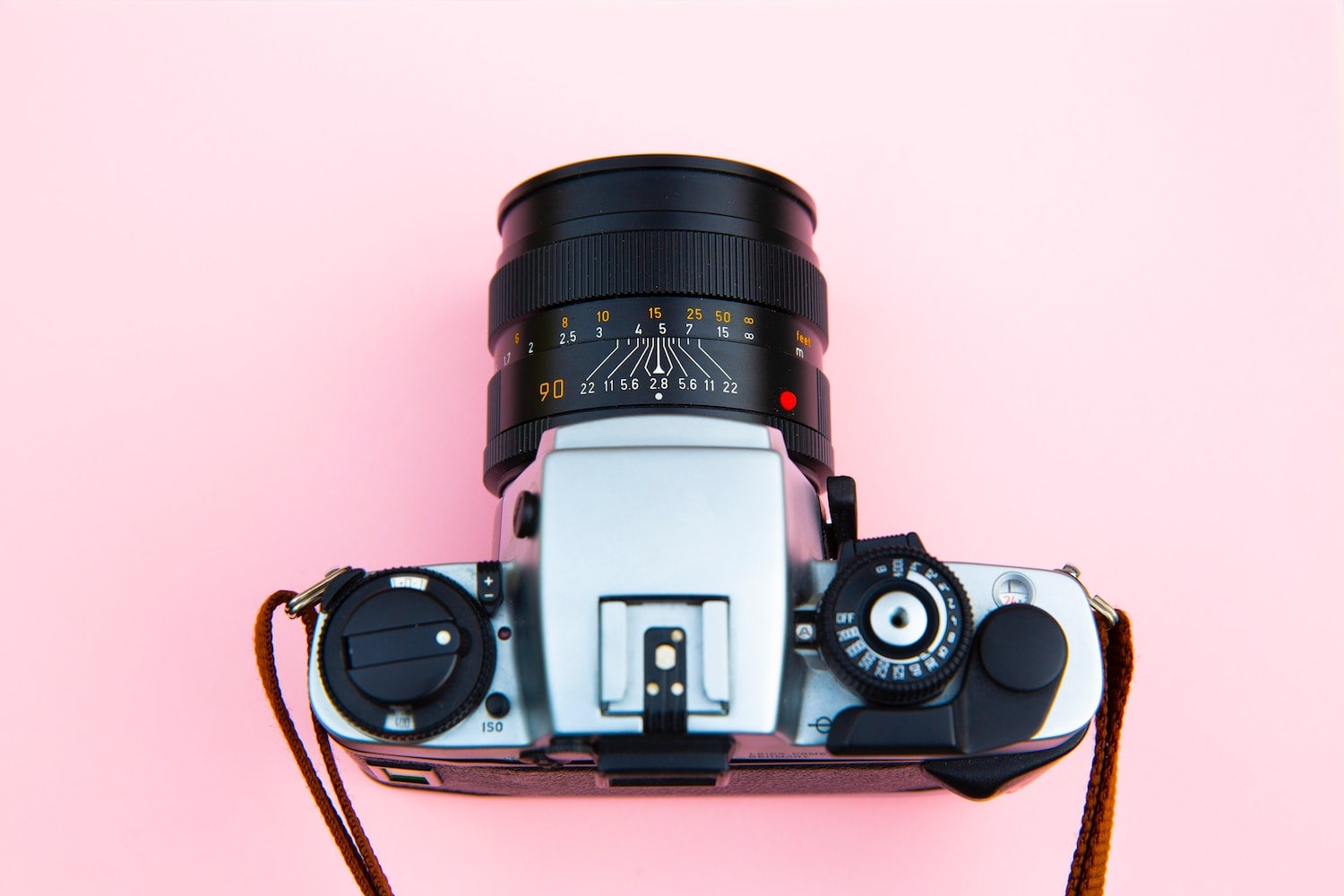


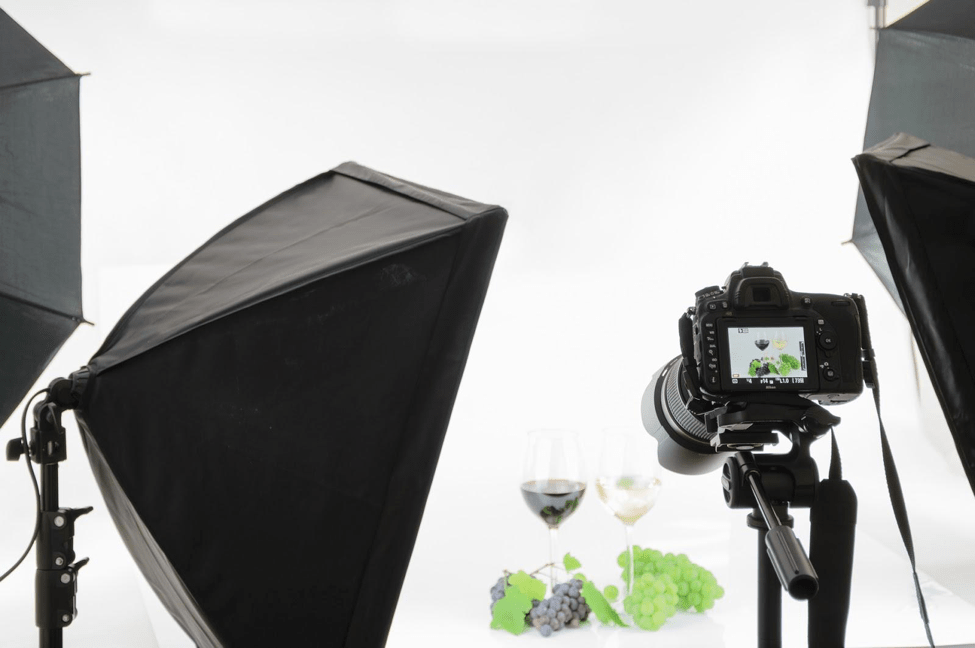
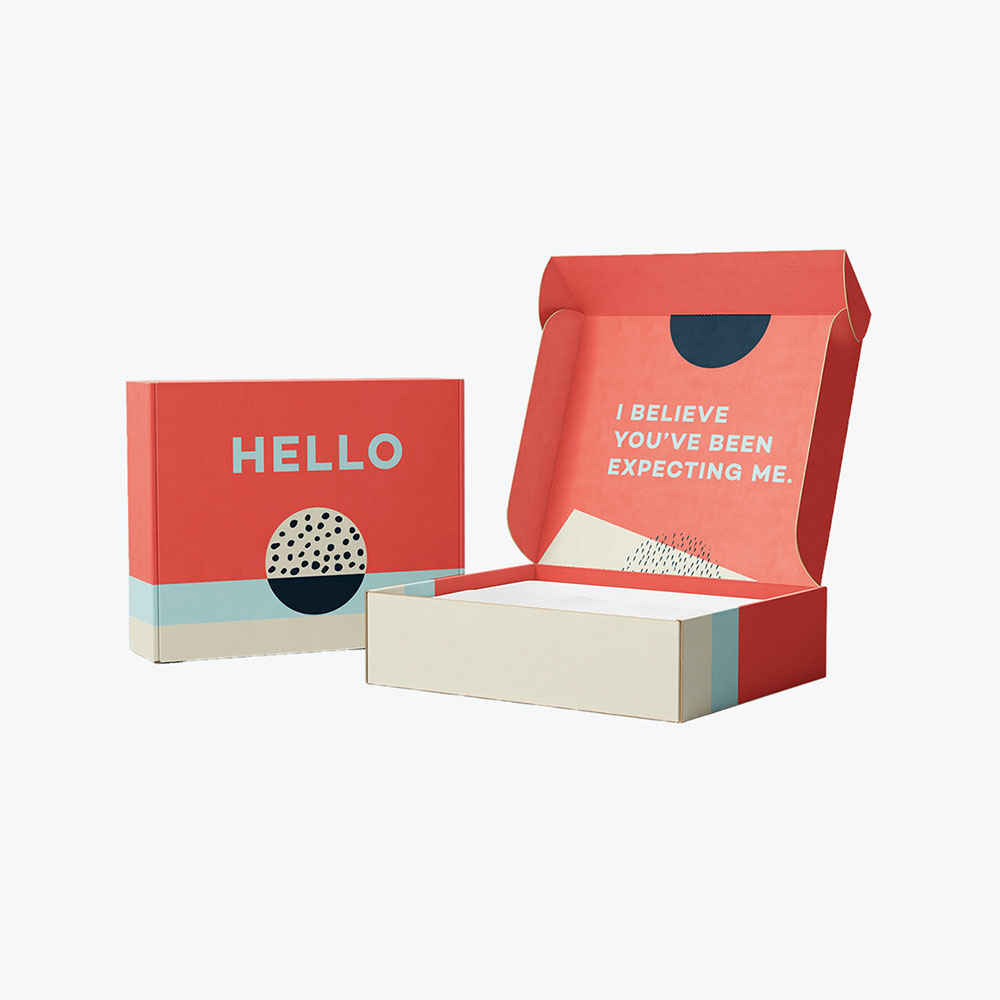
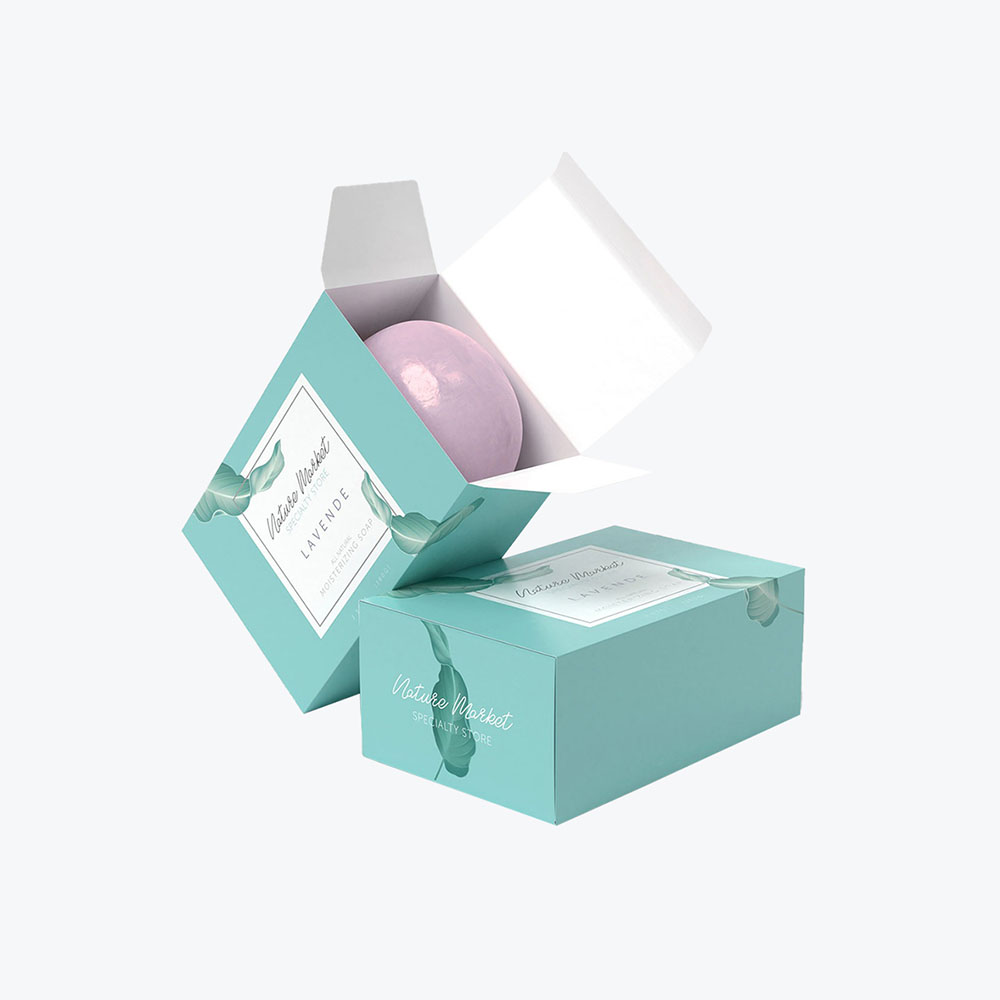
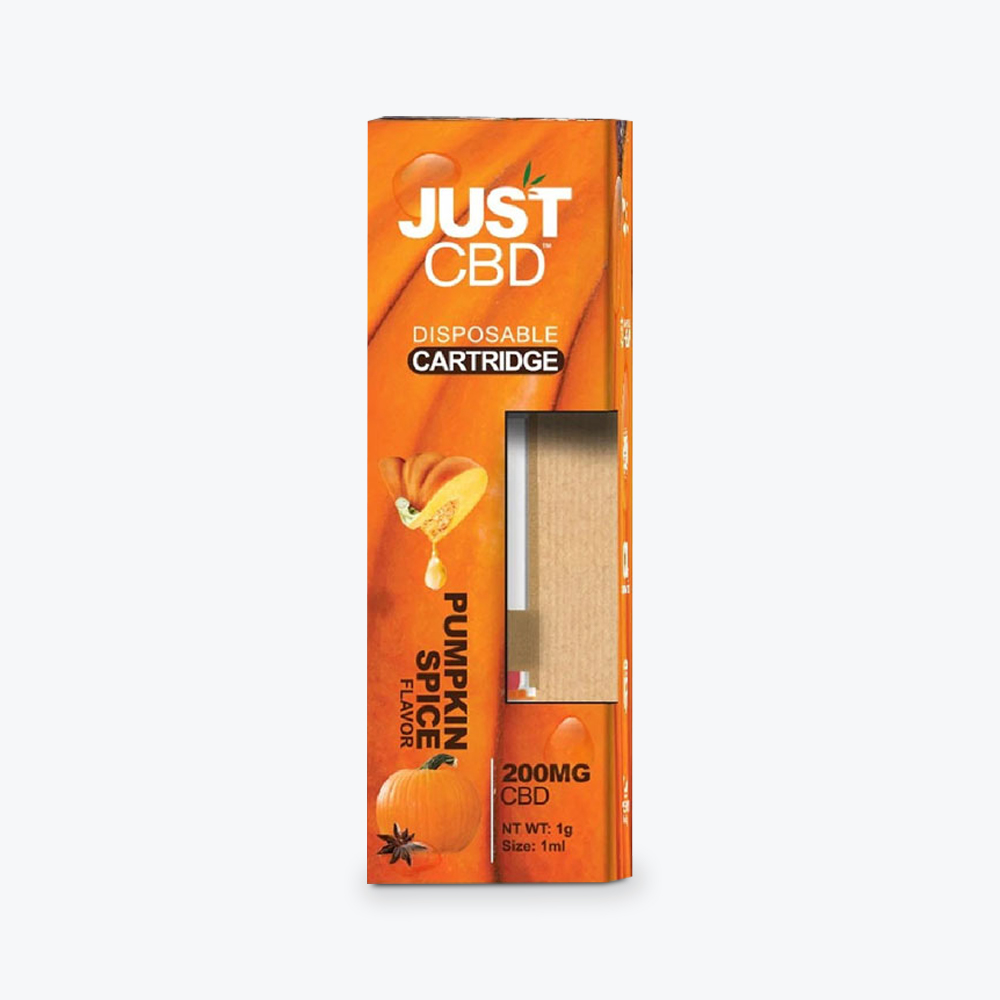
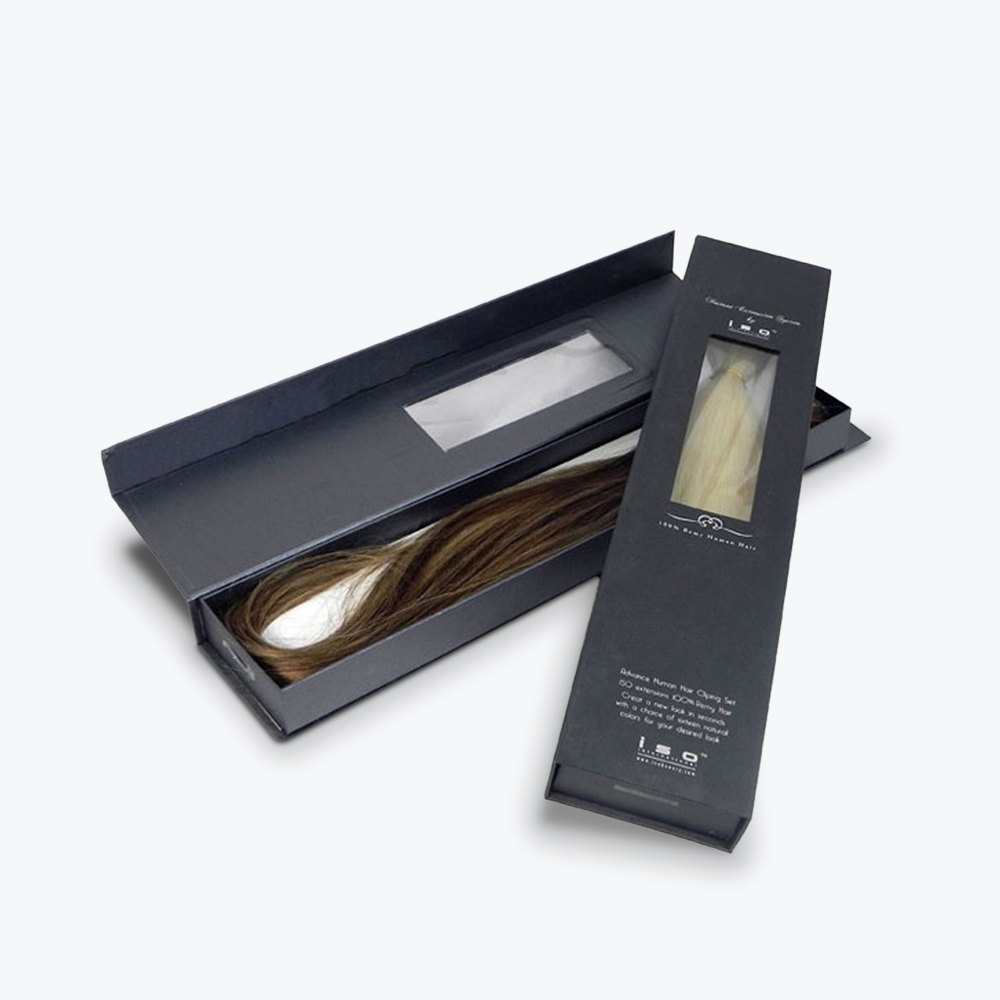




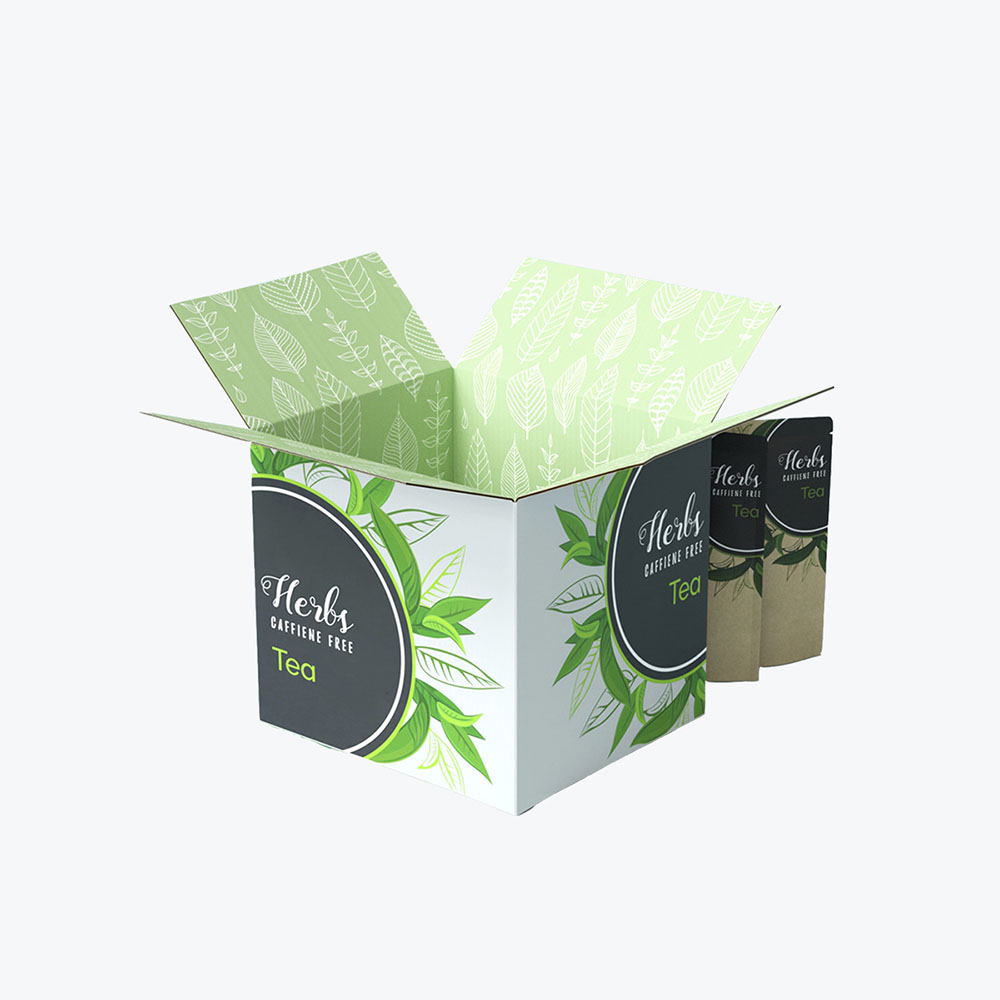

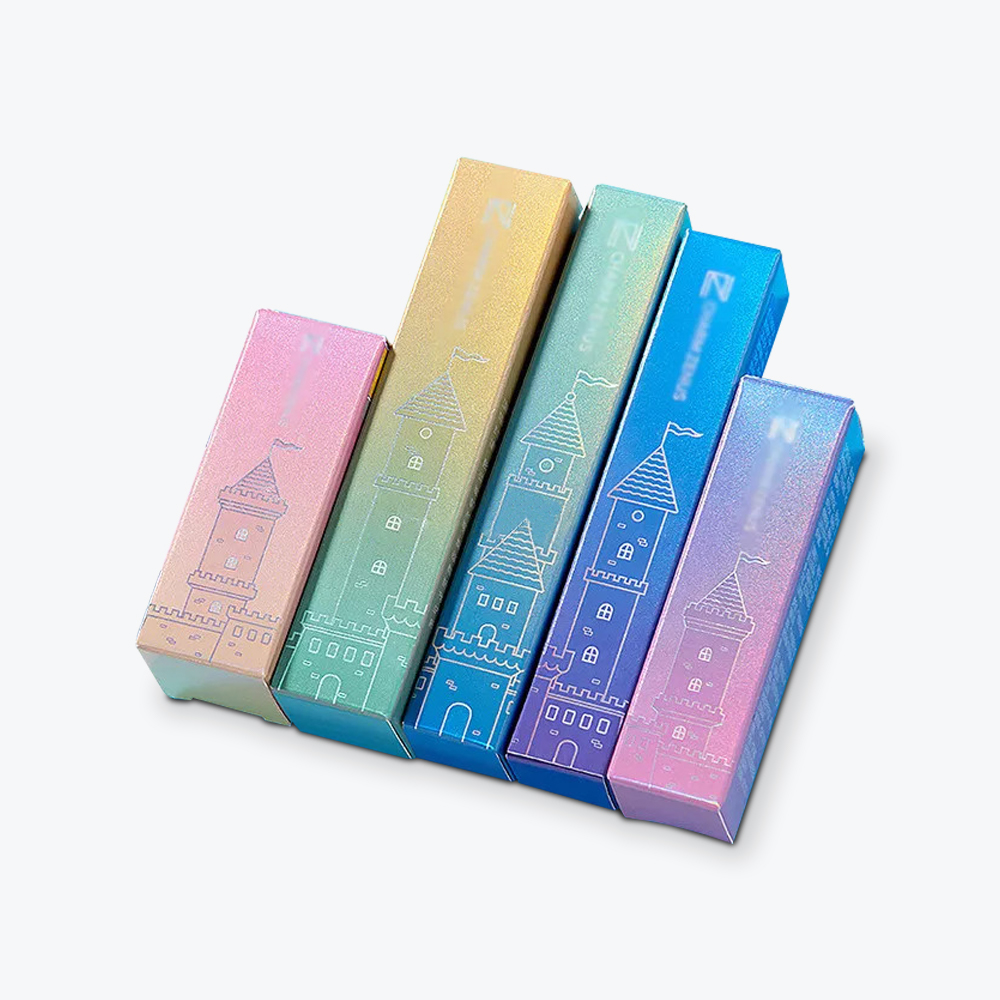


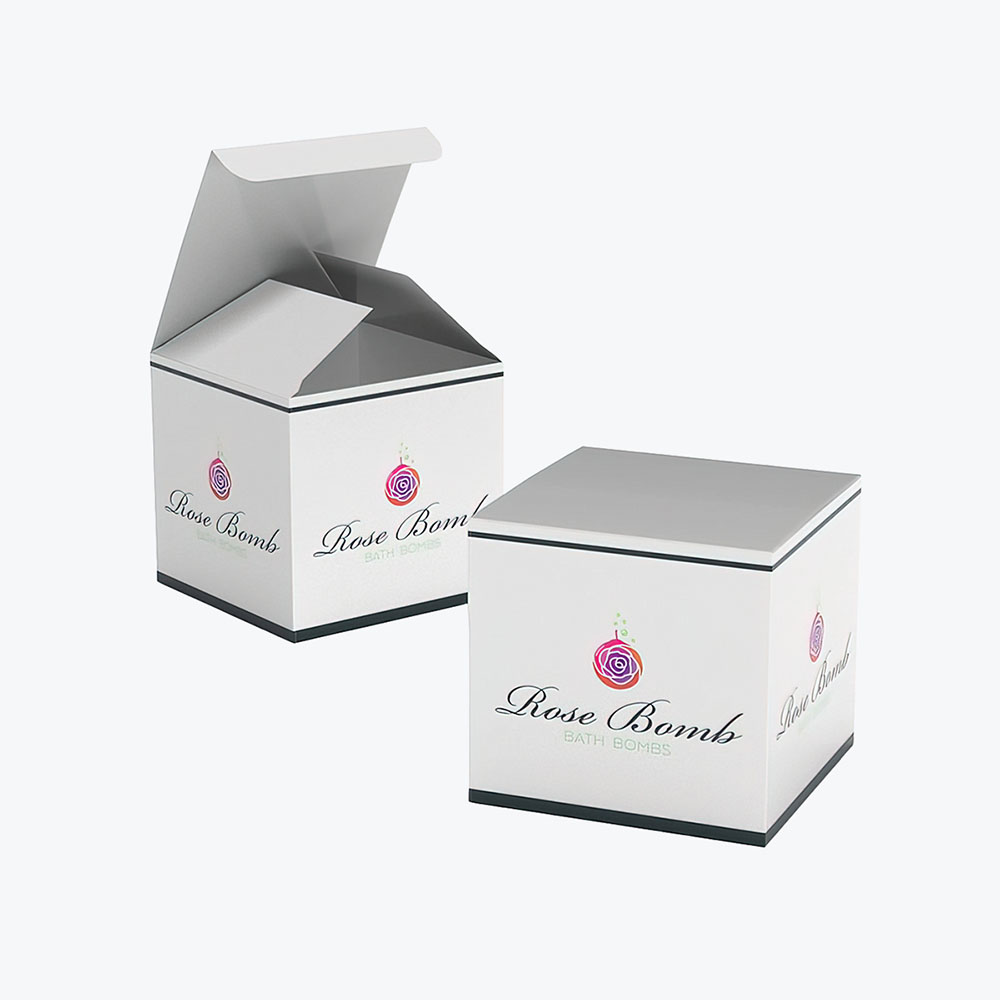

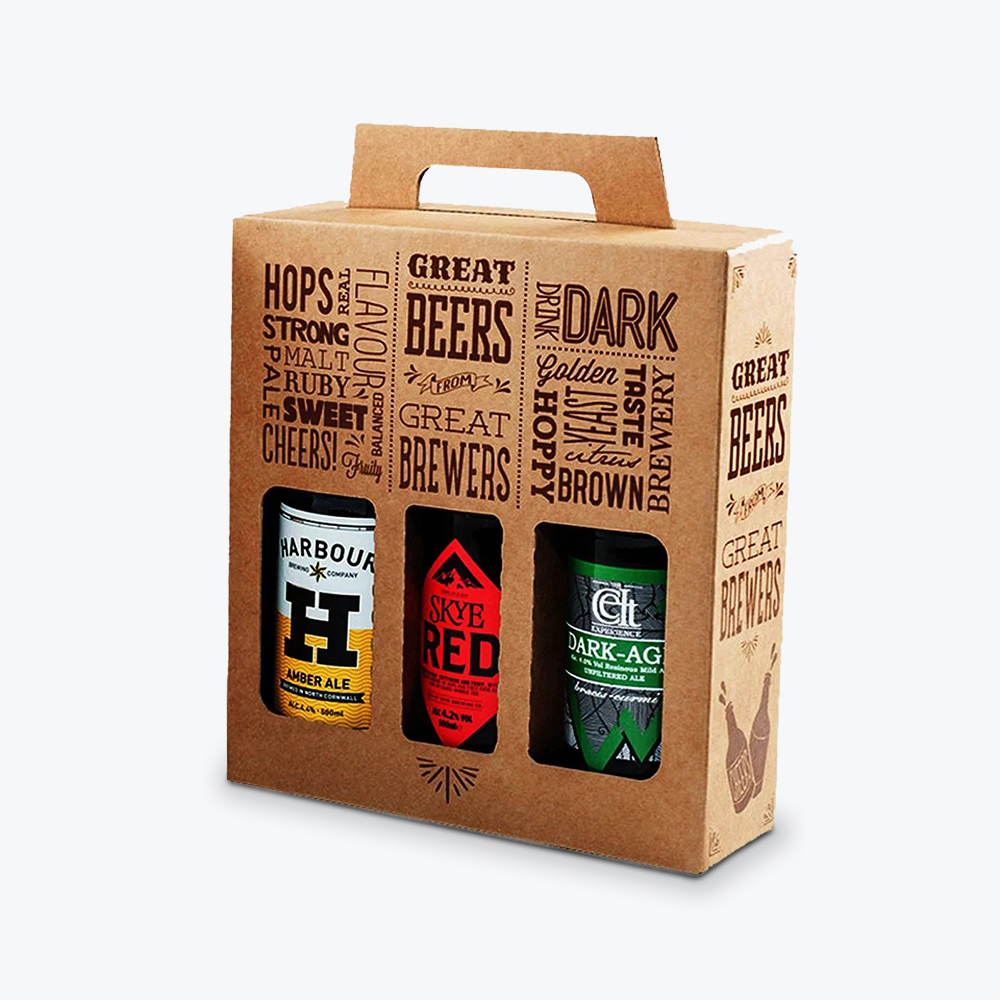
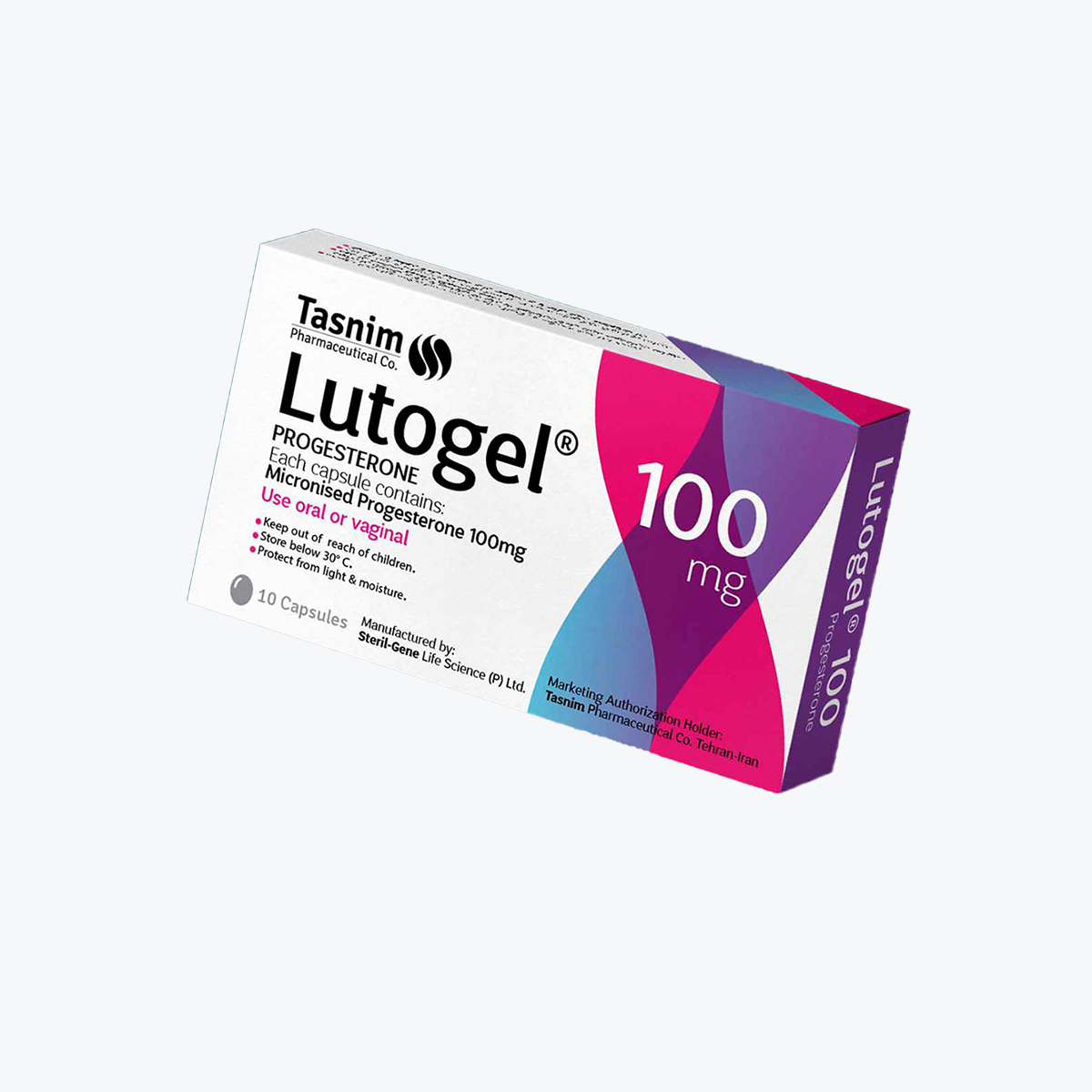
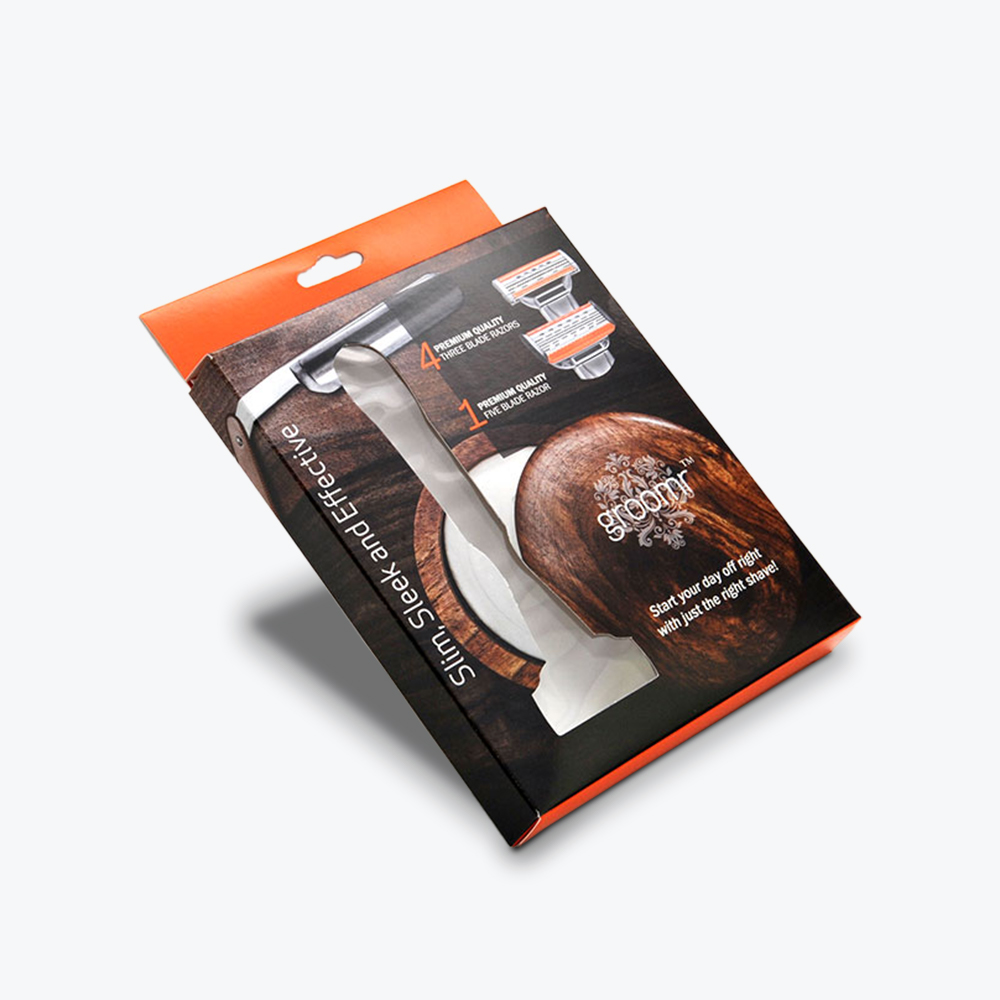
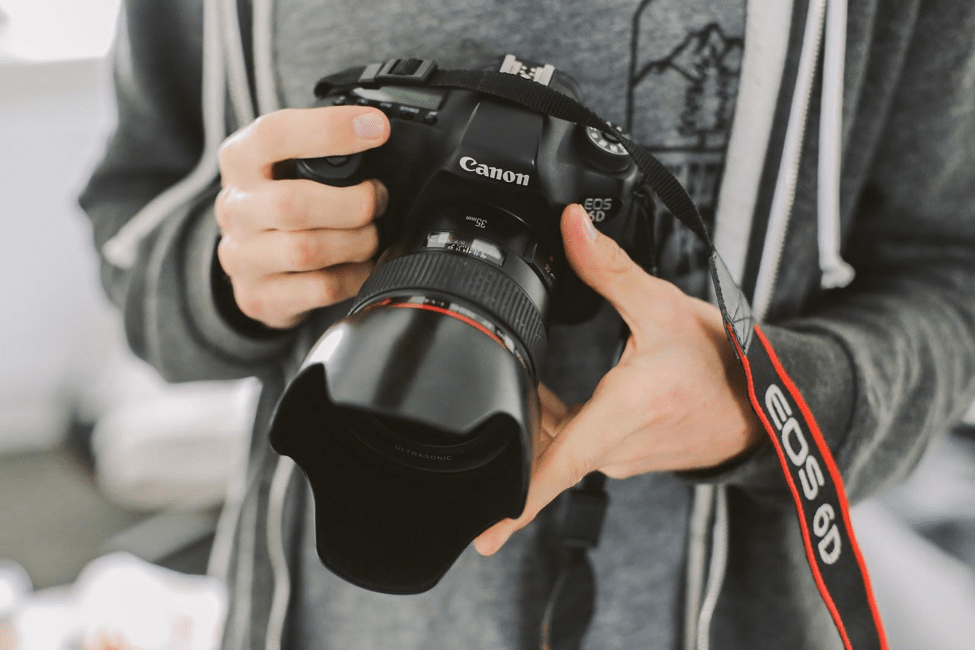
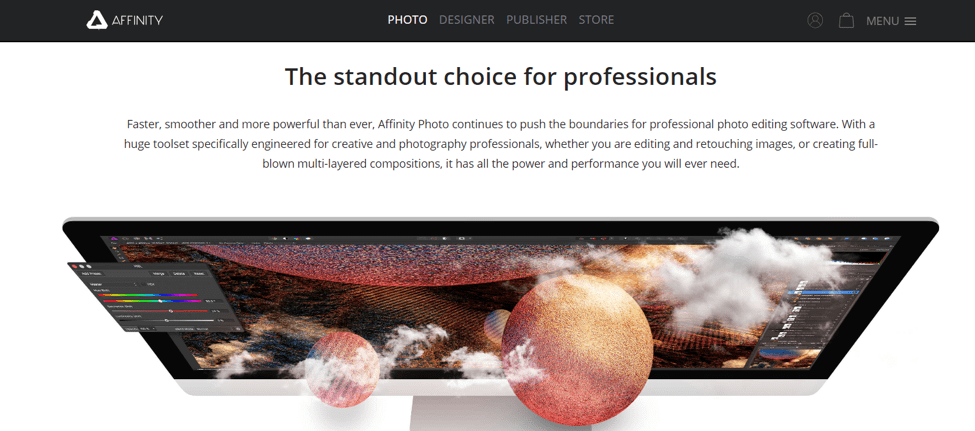


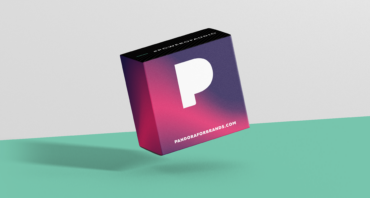




Share